Tree hyraxes, belonging to the family Procaviidae, are small, nocturnal mammals found primarily in Africa’s forested regions like Mount Kilimanjaro, Mount Meru, Rwenzori and Mount Kenya. Despite their name, they are not closely related to true hyraxes like rock hyraxes but share a distant common ancestry with elephants and sea cows. They are known for their arboreal lifestyle, making them unique among their relatives.
Each of the four species of tree hyrax has its own unique territorial call. For D. validus, the call begins with a sequence of loud, rhythmic cracking noises, often likened to the sound of a massive, rusty gate being forced open. This is followed by eerie, high-pitched screams, concluding with a series of fading shrieks. While females also vocalize, they lack the specialized air pouches and enlarged larynx that males possess, resulting in a much weaker call. Typically, there are two main calling sessions each night: one usually 2-3 hours after sunset, and another sometime after midnight.
Physical Appearance:
- Size: Tree hyraxes are about the size of a large squirrel or small cat, typically measuring 30-50 cm (12-20 inches) in body length, with a weight ranging from 2 to 5 kg (4.4 to 11 lbs).
- Fur: Their fur is thick and woolly, often with a grizzled or speckled appearance, providing excellent insulation and camouflage in their forest habitats.
- Limbs: They have short, strong limbs with sharp claws for climbing.
- Tail: Unlike many arboreal animals, tree hyraxes do not have a prehensile tail; instead, their tails are short and stubby.
Adaptations:
- Climbing: Their limbs and claws are perfectly adapted for gripping tree trunks and branches. They can move with agility in the trees, although they are not as acrobatic as primates.
- Vocalization: Tree hyraxes are known for their loud, haunting calls, which can carry through the forest at night. These calls are used for communication, especially during mating seasons.
- Teeth: They have a dental structure similar to that of their relatives, with ever-growing incisors and cheek teeth adapted for a diet of leaves, fruits, and bark.
- Digestive System: Their digestive system is adapted to break down fibrous plant material, similar to ruminants, though less complex.
Habitat:
- Range: They are found in sub-Saharan Africa, particularly in dense forests, woodlands, and savannas with sufficient tree cover.
- Environment: Tree hyraxes prefer habitats with ample tree cover for both feeding and protection. They are often found in the canopies of trees but will also use lower branches and shrubs.
- Nesting: They build nests or use natural hollows in trees for resting and breeding. These nests are lined with leaves and other plant material for comfort and insulation.
Behavior and Lifestyle:
- Nocturnal: Primarily active at night, they spend their days resting in tree hollows or dense foliage.
- Social Structure: While generally solitary, they can be found in small family groups or aggregations where food is abundant.
- Reproduction: Females give birth to one or two young after a gestation period of about 7-8 months. The young are relatively well-developed at birth and can climb soon after.
Conservation Status: Tree hyraxes are not currently considered endangered, but like many forest-dwelling species, they face threats from habitat loss due to deforestation and human encroachment. Their cryptic nature and nocturnal habits make them less studied, but they play an important role in their ecosystems, particularly in seed dispersal and as prey for various predators.
Additional information
| Habitat | Kilimanjaro National Park, Mount Meru, Mount Kenya, Rwenzori |
|---|

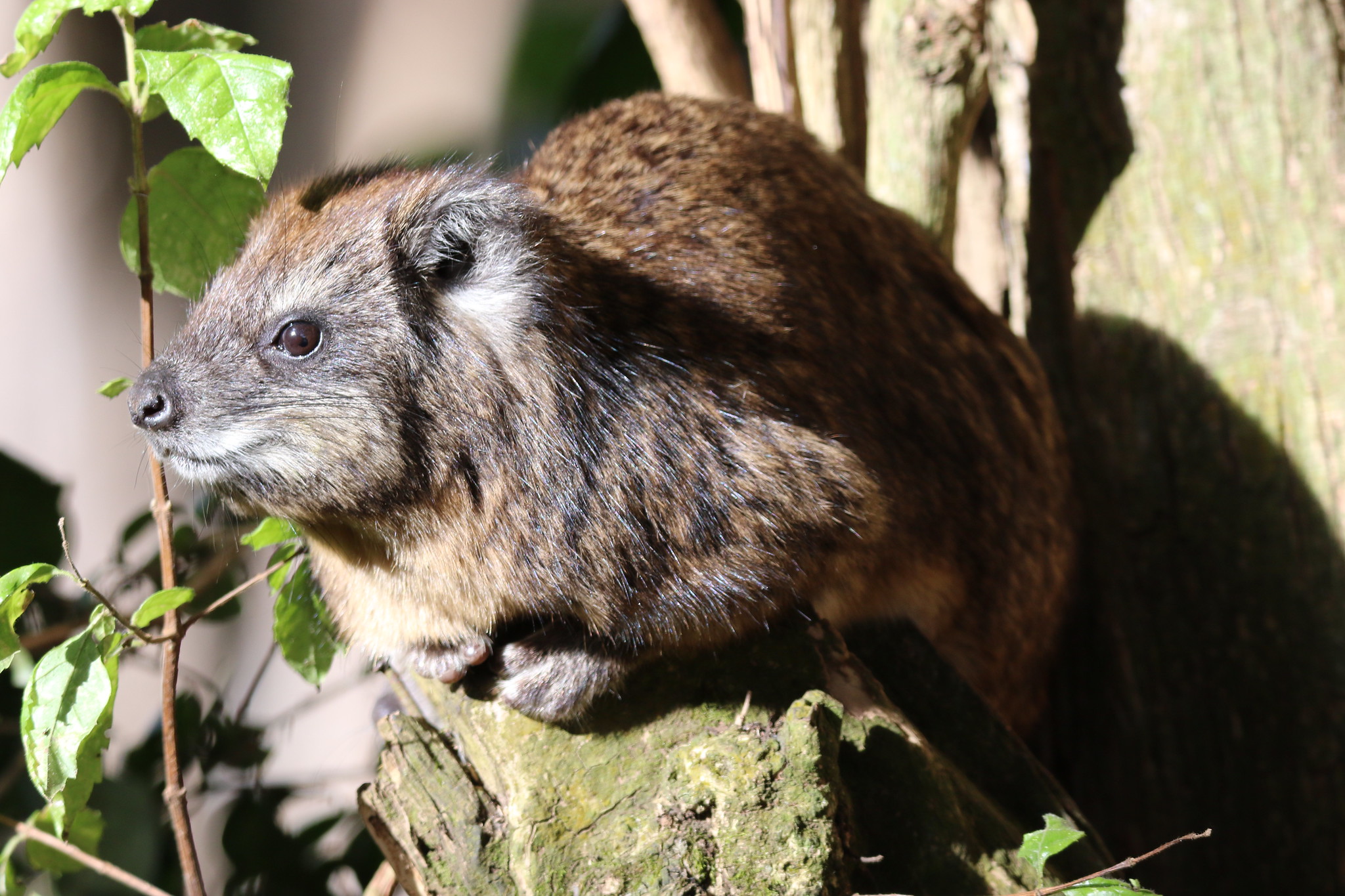
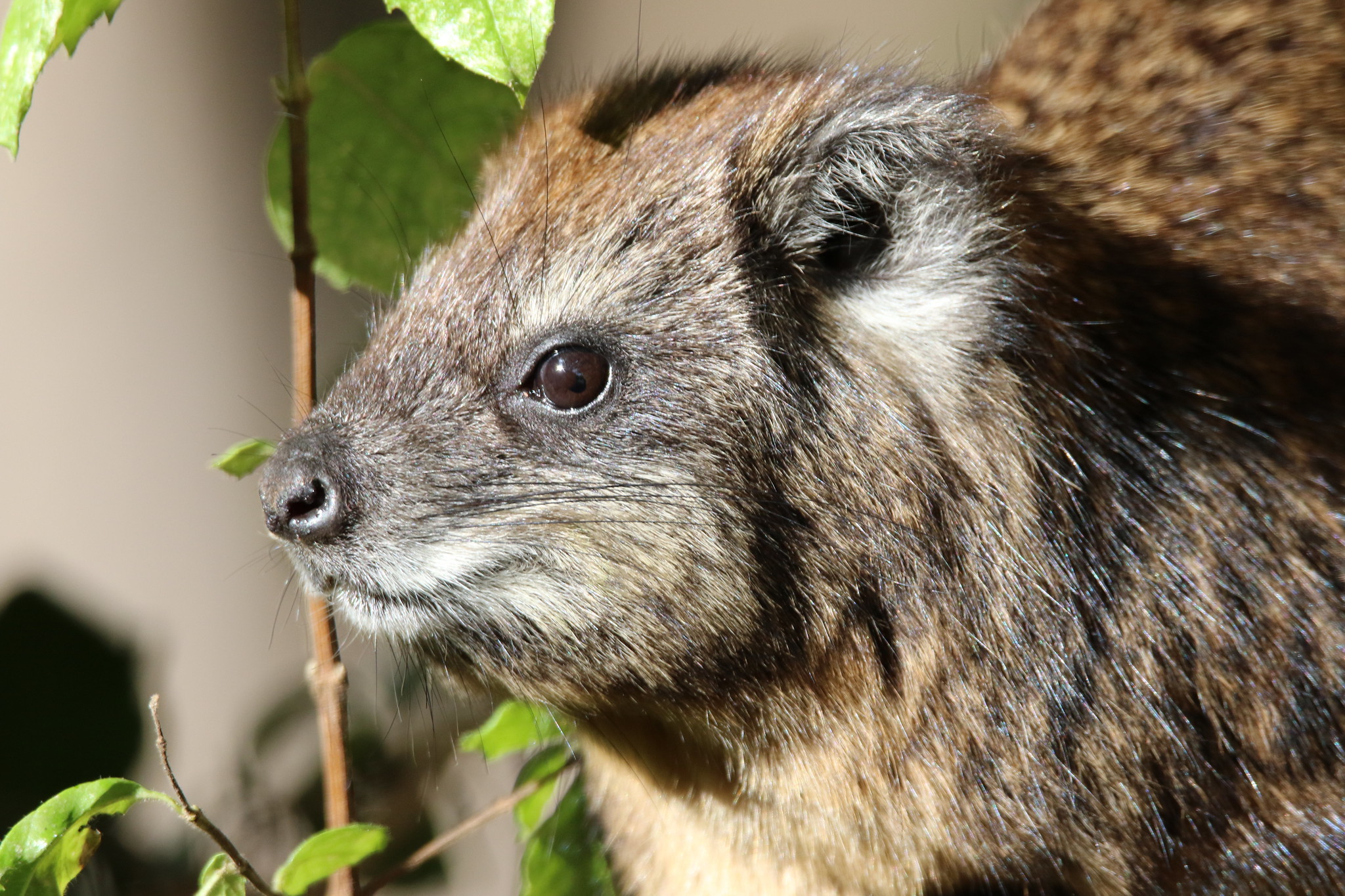
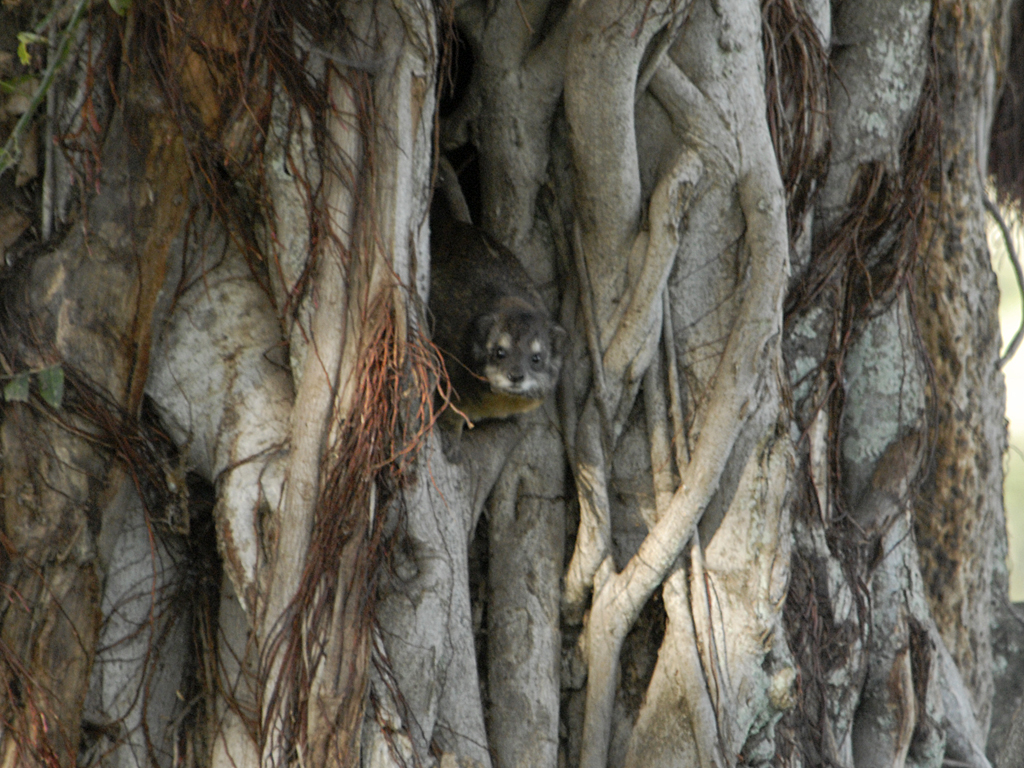
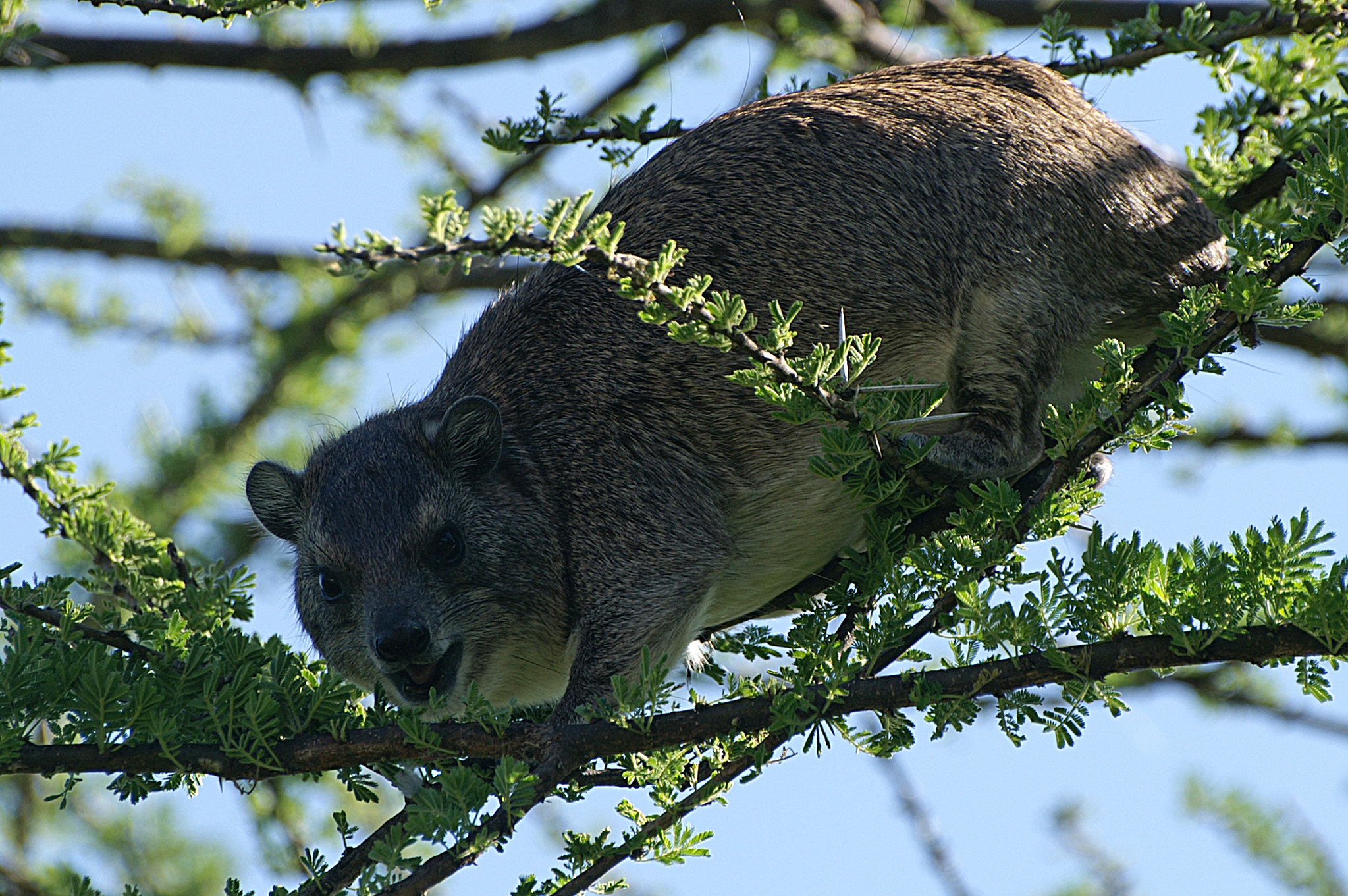
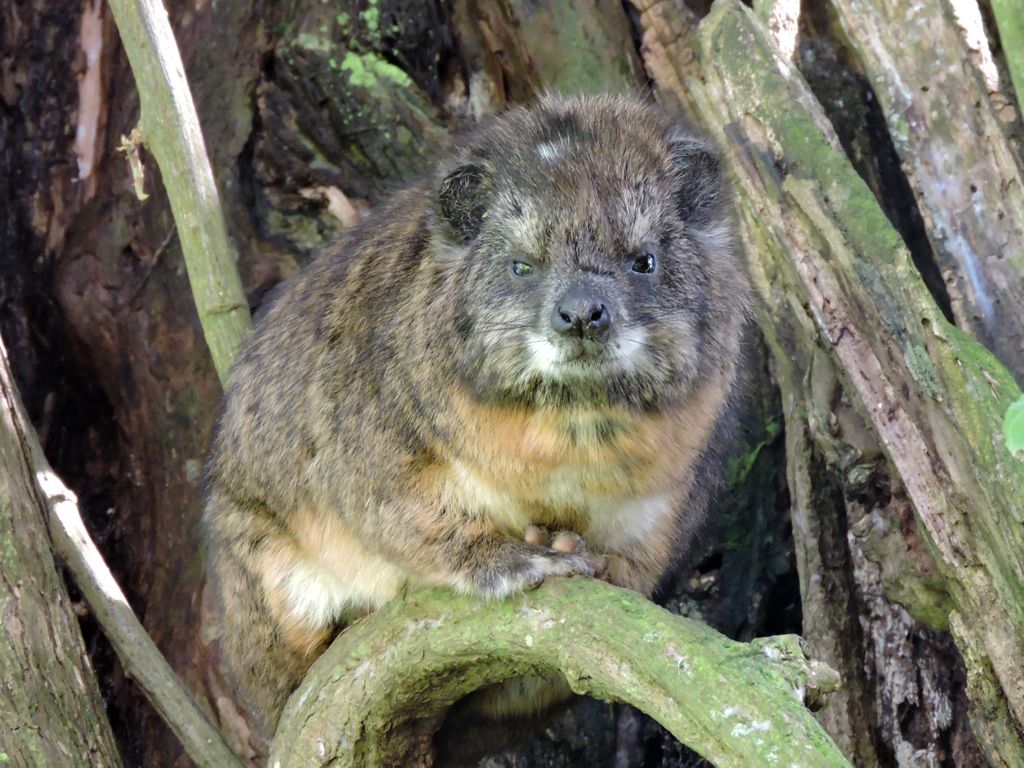
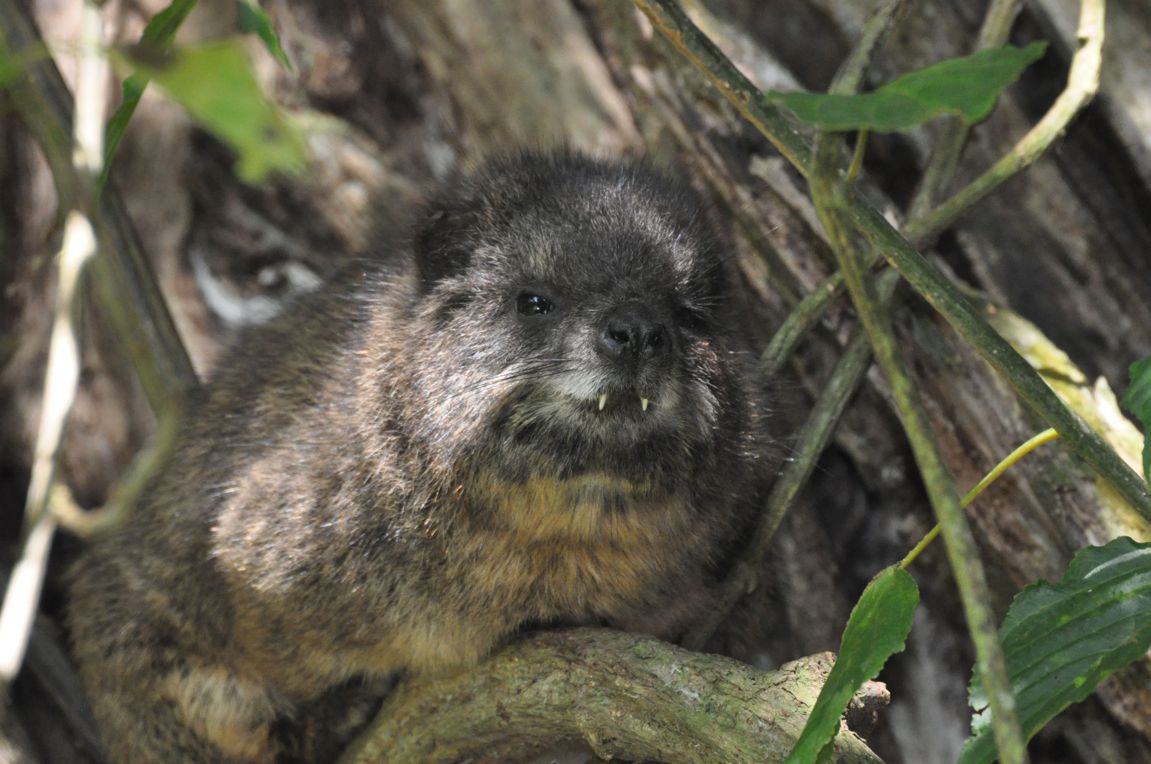
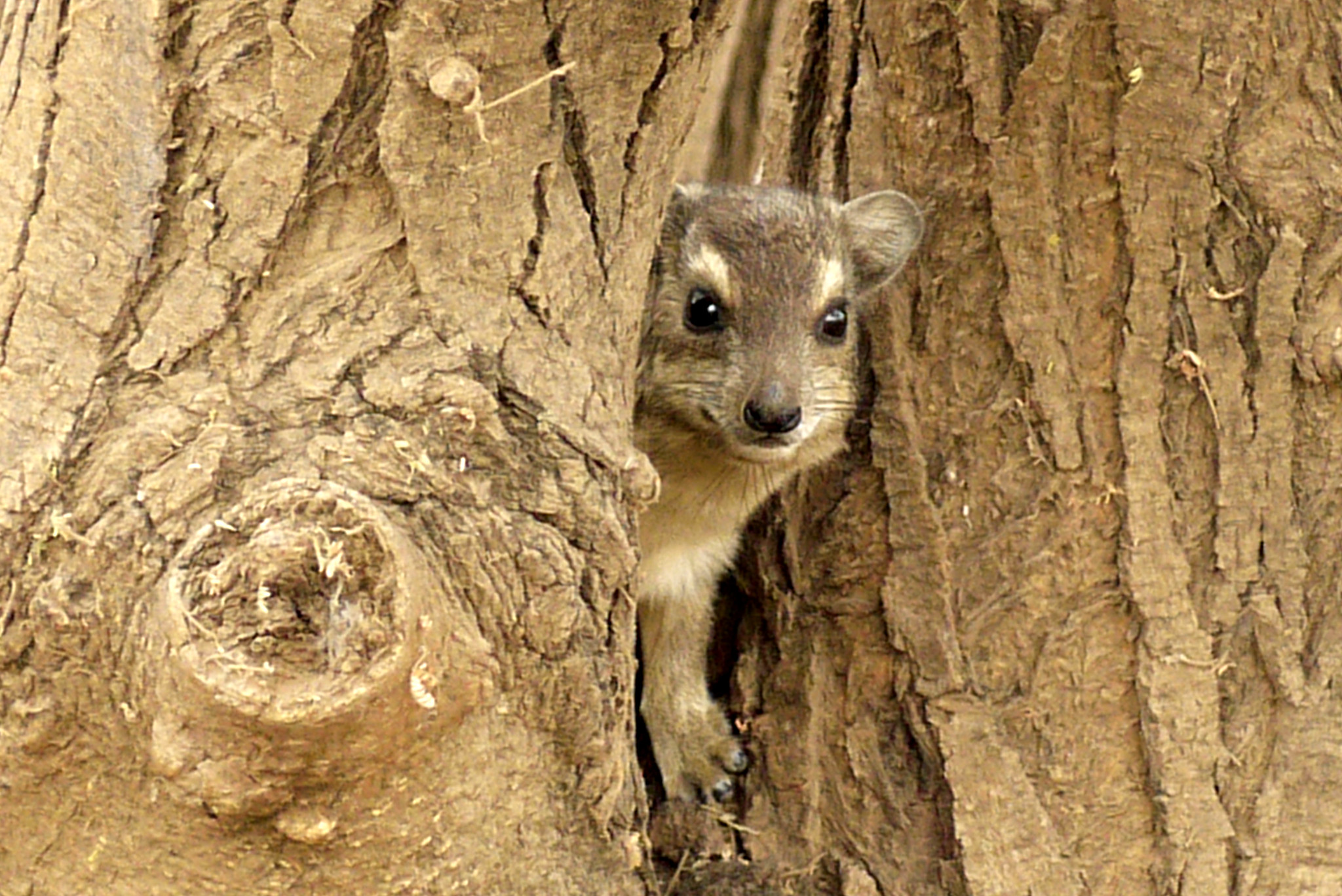
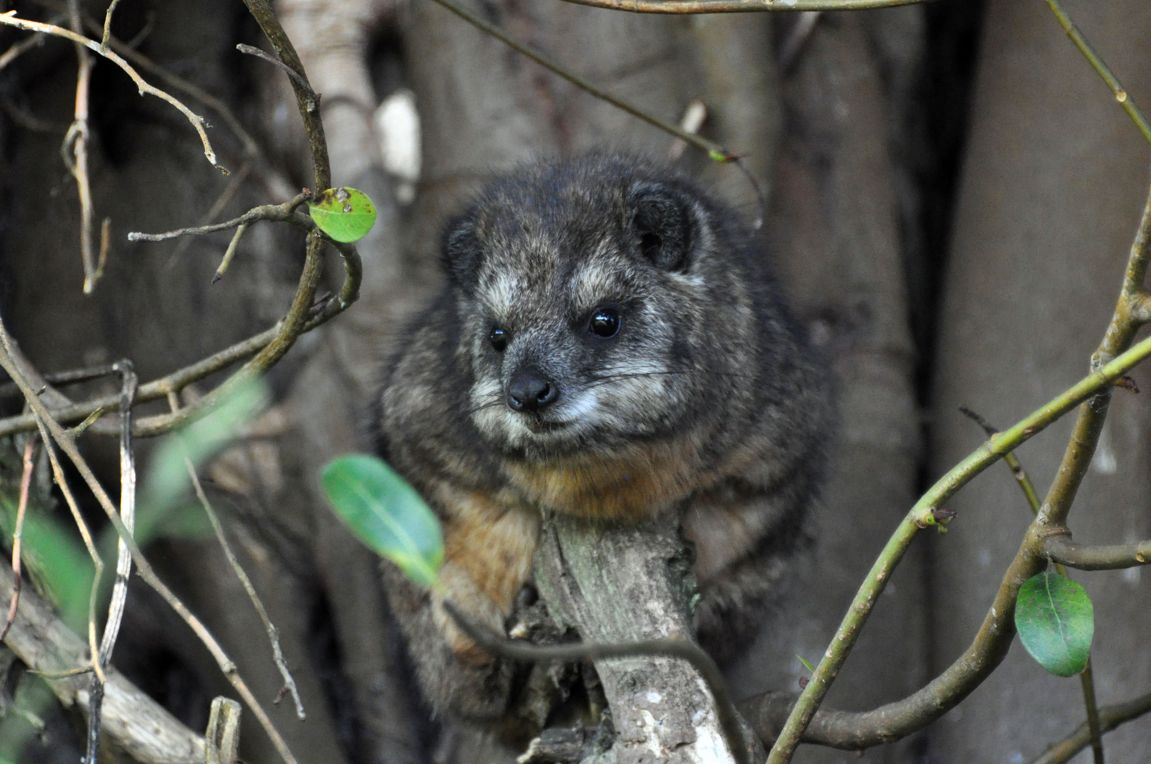
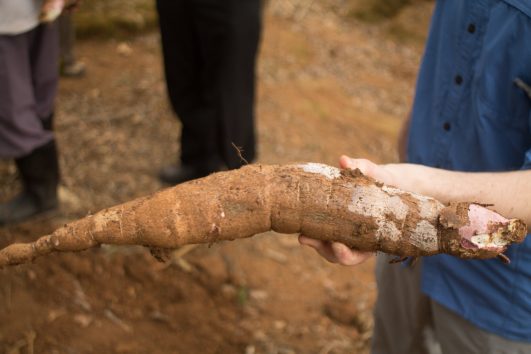
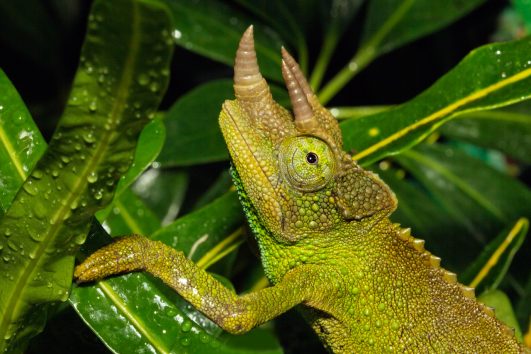
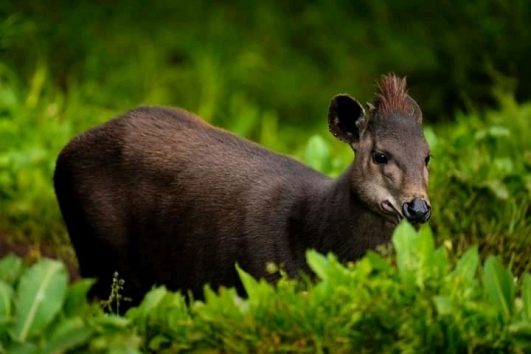
Tour Reviews
There are no reviews yet.
Leave a Review